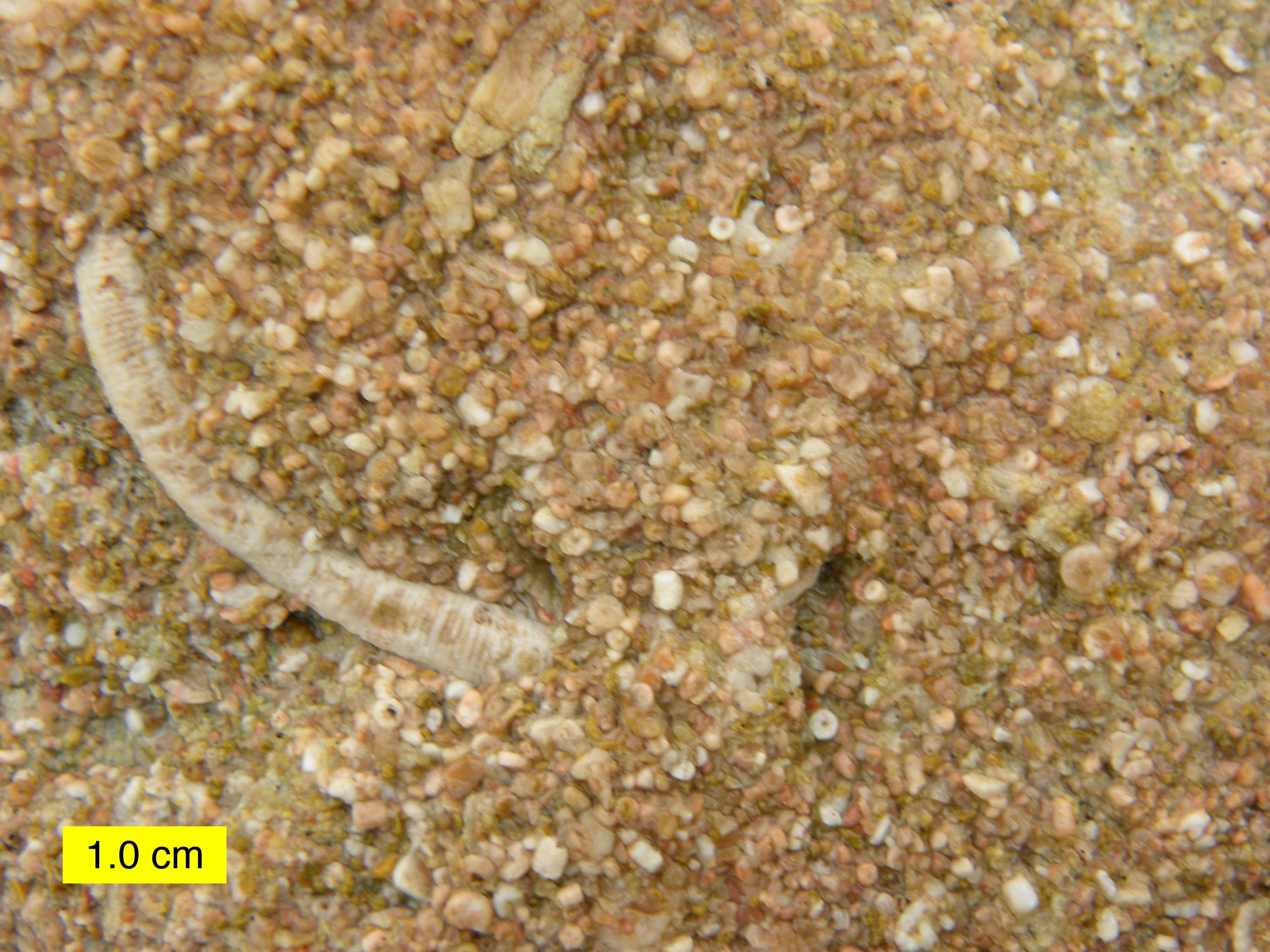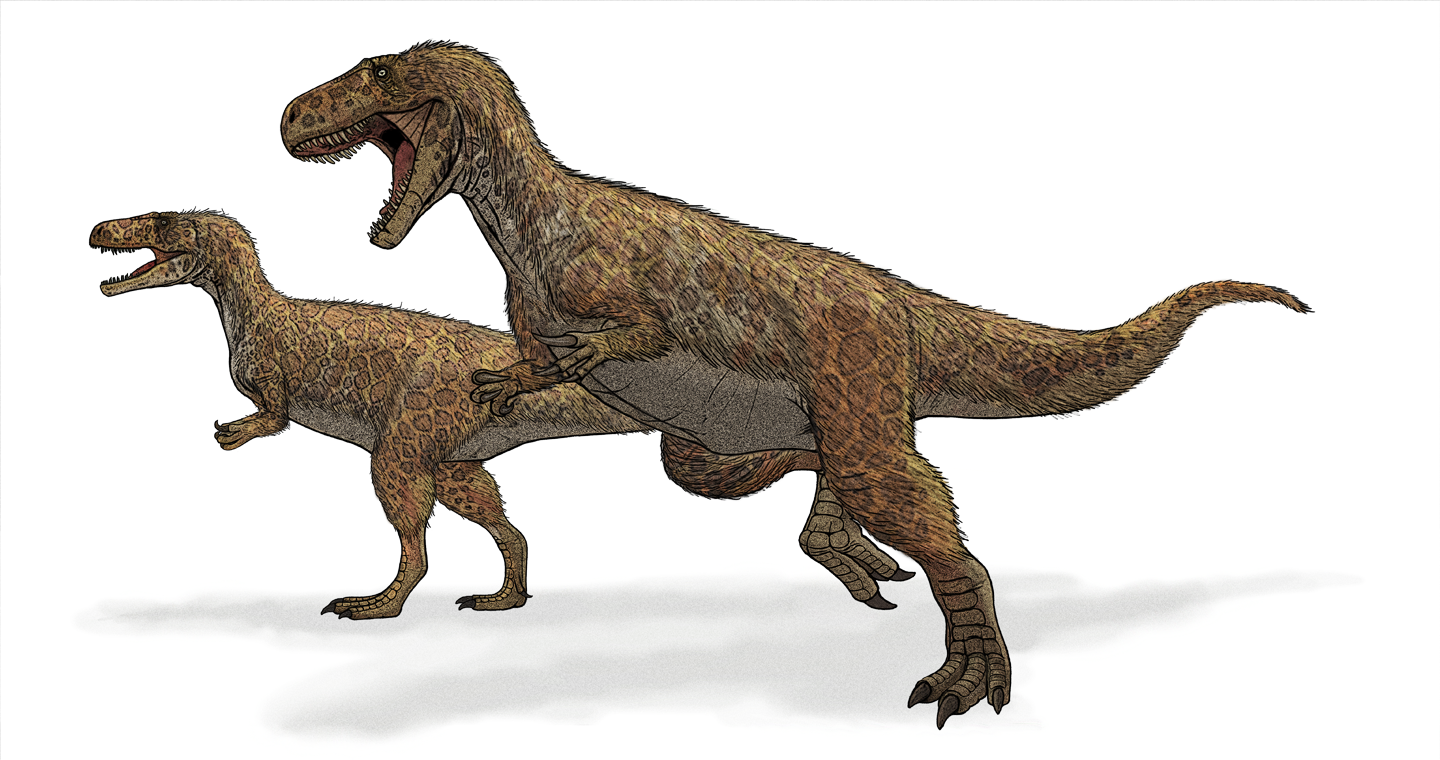|
Taynton Limestone Formation
The Taynton LimestoneWeishampel, David B; et al. (2004). "Dinosaur distribution (Middle Jurassic, Europe)." In: Weishampel, David B.; Dodson, Peter; and Osmólska, Halszka (eds.): The Dinosauria, 2nd, Berkeley: University of California Press. Pp. 538–541. . is a geological formation in Oxfordshire in the United Kingdom. It dates to the Middle Jurassic, mid-Bathonian stage.Benson, R.B.J. (2009). "An assessment of variability in theropod dinosaur remains from the Bathonian (Middle Jurassic) of Stonesfield and New Park Quarry, UK and taxonomic implications for ''Megalosaurus bucklandii'' and ''Iliosuchus incognitus''." ''Palaeontology'', It predominantly consists of ooidal grainstone. The term "Stonesfield Slate" refers to slaty limestone horizons within the formation that during the 18th and 19th centuries were extensively quarried for use in roof tiling within the vicinity of Stonesfield, Oxfordshire. Previously these were thought to belong to the Sharp's Hill Formation, but bore ... [...More Info...] [...Related Items...] OR: [Wikipedia] [Google] [Baidu] |
Geological Formation
A geological formation, or simply formation, is a body of rock having a consistent set of physical characteristics ( lithology) that distinguishes it from adjacent bodies of rock, and which occupies a particular position in the layers of rock exposed in a geographical region (the stratigraphic column). It is the fundamental unit of lithostratigraphy, the study of strata or rock layers. A formation must be large enough that it can be mapped at the surface or traced in the subsurface. Formations are otherwise not defined by the thickness of their rock strata, which can vary widely. They are usually, but not universally, tabular in form. They may consist of a single lithology (rock type), or of alternating beds of two or more lithologies, or even a heterogeneous mixture of lithologies, so long as this distinguishes them from adjacent bodies of rock. The concept of a geologic formation goes back to the beginnings of modern scientific geology. The term was used by Abraham Gottlob Wer ... [...More Info...] [...Related Items...] OR: [Wikipedia] [Google] [Baidu] |
Grainstone
Under the Dunham classification (Dunham, 1962) system of limestones, a grainstone is defined as a grain-supported carbonate rock that contains less than 1% mud-grade material. This definition has recently been clarified as ''a carbonate-dominated rock that does not contain any carbonate mud and where less than 10% of the components are larger than 2 mm.'' The spaces between grains may be empty (pores) or filled by cement. The identification of grainstone The presence of any primary carbonate mud precludes a classification of grainstone. A study of the use of carbonate classification systems by Lokier and Al Junaibi (2016) highlighted that the most common source of confusion in the classification of grainstone was to misidentify fine-grained internal micrite, generated by in-situ processes, as clay–silt grade sediment - thus resulting in the misidentification of grainstone as packstone Under the Dunham classification (Dunham, 1962Dunham, R.J. (1962) Classification of carbonate ... [...More Info...] [...Related Items...] OR: [Wikipedia] [Google] [Baidu] |
Teleosaurus
''Teleosaurus'' (from el, τέλειος , 'perfect' and el, σαῦρος , 'lizard') is an extinct genus of teleosaurid crocodyliform found in the Middle Jurassic Calcaire de Caen Formation of France. It was approximately in length and weighed . The holotype is MNHN AC 8746, a quarter of a skull and other associated postcranial remains, while other fragmentary specimens are known. The type species is ''T. cadomensis'', but a second species, ''T. geoffroyi'' may also exist. It was previously considered a wastebasket taxon, with many other remains assigned to the genus. History Teleosaur remains have been known to science since at least 1758, although at first scientists believed the remains belonged to extinct crocodiles and alligators, and remains that have at one point in time been attributed to ''Teleosaurus'' (and ''Steneosaurus'') have been known to science since at least 1800. The holotype was discovered during the early 19th century by Pierre Tesson before he tra ... [...More Info...] [...Related Items...] OR: [Wikipedia] [Google] [Baidu] |
Testudinata
Testudinata is the group of all tetrapods with a true turtle shell. It includes both modern turtles (Testudines) and many of their extinct, shelled relatives (stem-turtles). Though it was first coined as the group containing turtles by Jacob Theodor Klein in 1760, it was first defined in the modern sense by Joyce and colleagues in 2004. Testudinata does not include the primitive stem-turtle ''Odontochelys'', which only had the bottom half of a shell. A recent phylogenetic tree of Testudinata included Angolachelonia and Testudines Turtles are an order of reptiles known as Testudines, characterized by a special shell developed mainly from their ribs. Modern turtles are divided into two major groups, the Pleurodira (side necked turtles) and Cryptodira (hidden necked t ... as sister-taxa and subgroups of Testudinata. Classification The cladogram below follows an analysis by Jérémy Anquetin in 2012. References {{Taxonbar, from=Q16114972 Reptile taxonomy Norian f ... [...More Info...] [...Related Items...] OR: [Wikipedia] [Google] [Baidu] |
Klobiodon Rochei
''Klobiodon'' is a genus of rhamphorhynchid pterosaur from the Middle Jurassic Taynton Limestone Formation of Oxfordshire, England. Etymology The type species of ''Klobiodon'' is ''Klobiodon rochei''. The generic name ''Klobiodon'' means "small cage tooth," from the Greek κλωβίον, ''klobion'', "little cage", and ὀδών, ''odon'', "tooth", in reference to the large anterior laniaries that appear to form a fish grab, while the specific name ''rochei'' honors the comic book artist Nick Roche for his anatomically correct designs inspired by dinosaurs. History The holotype of ''Klobiodon rochei'', NHMUK PV OR 47991, was first mentioned by George Robert Waterhouse (1878) as part of the collection of the British Museum of Natural History, where he mentions Richard Owen intended to name the specimen ''Pterodactylus raptor'' in an unpublished manuscript. It had been donated by Robert Marsham. Richard Lydekker (1888) referred the specimen to ''Rhamphorhynchus depressirostris'' (l ... [...More Info...] [...Related Items...] OR: [Wikipedia] [Google] [Baidu] |
Pterosaur
Pterosaurs (; from Greek ''pteron'' and ''sauros'', meaning "wing lizard") is an extinct clade of flying reptiles in the order, Pterosauria. They existed during most of the Mesozoic: from the Late Triassic to the end of the Cretaceous (228 to 66 million years ago). Pterosaurs are the earliest vertebrates known to have evolved powered flight. Their wings were formed by a membrane of skin, muscle, and other tissues stretching from the ankles to a dramatically lengthened fourth finger. There were two major types of pterosaurs. Basal pterosaurs (also called 'non-pterodactyloid pterosaurs' or 'rhamphorhynchoids') were smaller animals with fully toothed jaws and, typically, long tails. Their wide wing membranes probably included and connected the hind legs. On the ground, they would have had an awkward sprawling posture, but the anatomy of their joints and strong claws would have made them effective climbers, and some may have even lived in trees. Basal pterosaurs were insectiv ... [...More Info...] [...Related Items...] OR: [Wikipedia] [Google] [Baidu] |
Rhamphorhynchidae
Rhamphorhynchidae is a group of early pterosaurs named after ''Rhamphorhynchus'', that lived in the Late Jurassic. The family Rhamphorhynchidae was named in 1870 by Harry Govier Seeley.Seeley, H.G. (1870). "The Orithosauria: An Elementary Study of the Bones of Pterodactyles." Cambridge, 135 p. Members of the group possess no more than 11 pairs of teeth in the rostrum, a deltopectoral crest that is constricted at the base but expanded at the distal end, and a bent phalange on the fifth toe. Rhamphorhynchidae traditionally contains two subfamilies: the Rhamphorhynchinae and the Scaphognathinae. While not recovered as distinct clades by all analyses, there do appear to be traits uniting members of each group. Rhamphorhynchines are more common, were lightly built, and had jaws ending in pointed tips that contained more teeth, which are often procumbent (pointed forward). Scaphognathines are comparatively quite rare, were more robust skeletally, and had shorter wing proportions. The b ... [...More Info...] [...Related Items...] OR: [Wikipedia] [Google] [Baidu] |
Klobiodon
''Klobiodon'' is a genus of rhamphorhynchid pterosaur from the Middle Jurassic Taynton Limestone Formation of Oxfordshire, England. Etymology The type species of ''Klobiodon'' is ''Klobiodon rochei''. The generic name ''Klobiodon'' means "small cage tooth," from the Greek κλωβίον, ''klobion'', "little cage", and ὀδών, ''odon'', "tooth", in reference to the large anterior laniaries that appear to form a fish grab, while the specific name ''rochei'' honors the comic book artist Nick Roche for his anatomically correct designs inspired by dinosaurs. History The holotype of ''Klobiodon rochei'', NHMUK PV OR 47991, was first mentioned by George Robert Waterhouse (1878) as part of the collection of the British Museum of Natural History, where he mentions Richard Owen intended to name the specimen ''Pterodactylus raptor'' in an unpublished manuscript. It had been donated by Robert Marsham. Richard Lydekker (1888) referred the specimen to ''Rhamphorhynchus depressirostris'' ( ... [...More Info...] [...Related Items...] OR: [Wikipedia] [Google] [Baidu] |
Megalosaurus 5
''Megalosaurus'' (meaning "great lizard", from Greek , ', meaning 'big', 'tall' or 'great' and , ', meaning 'lizard') is an extinct genus of large carnivorous theropod dinosaurs of the Middle Jurassic period (Bathonian stage, 166 million years ago) of Southern England. Although fossils from other areas have been assigned to the genus, the only certain remains of ''Megalosaurus'' come from Oxfordshire and date to the late Middle Jurassic. ''Megalosaurus'' was, in 1824, the first genus of non-avian dinosaur to be validly named. The type species is ''Megalosaurus bucklandii'', named in 1827. In 1842, ''Megalosaurus'' was one of three genera on which Richard Owen based his Dinosauria. On Owen's directions a model was made as one of the Crystal Palace Dinosaurs, which greatly increased the public interest for prehistoric reptiles. Over fifty other species would eventually be classified under the genus; at first, this was because so few types of dinosaur had been identified, but the p ... [...More Info...] [...Related Items...] OR: [Wikipedia] [Google] [Baidu] |
Chipping Norton Formation
The Chipping Norton Limestone is a geological formation in the Cotswolds, England. It preserves fossils dating back to the Bathonian (Middle Jurassic).Weishampel, David B; et al. (2004). "Dinosaur distribution (Middle Jurassic, Europe)." In: Weishampel, David B.; Dodson, Peter; and Osmólska, Halszka (eds.): The Dinosauria, 2nd, Berkeley: University of California Press. Pp. 538–541. . Including those of dinosaurs ''Cetiosaurus, Megalosaurus'' and ''Cruxicheiros'' as well as the Tritylodontid ''Stereognathus''. It primarily consists of ooidal limestone. Fossil content The so-called "Scrotum humanum" remains may have come from this formation. See also * List of dinosaur-bearing rock formations * List of fossiliferous stratigraphic units in England See also *Lists of fossiliferous stratigraphic units in Europe * Lists of fossiliferous stratigraphic units in the United Kingdom References * {{DEFAULTSORT:Fossiliferous stratigraphic units in England England En ... [...More Info...] [...Related Items...] OR: [Wikipedia] [Google] [Baidu] |
Megalosauridae
Megalosauridae is a monophyletic family of carnivorous theropod dinosaurs within the group Megalosauroidea. Appearing in the Middle Jurassic, megalosaurids were among the first major radiation of large theropod dinosaurs. They were a relatively primitive group of basal tetanurans containing two main subfamilies, Megalosaurinae and Afrovenatorinae, along with the basal genus ''Eustreptospondylus'', an unresolved taxon which differs from both subfamilies. The defining megalosaurid, ''Megalosaurus bucklandii'', was first named and described in 1824 by William Buckland after multiple finds in Stonesfield, Oxfordshire, UK. ''Megalosaurus'' was the first formally described dinosaur and was the basis for the establishment of the clade Dinosauria. It is also one of the largest known Middle Jurassic carnivorous dinosaurs, with the best-preserved femur at 805 mm and a proposed body mass of around 943 kg. Megalosauridae has mainly been recognized as a European group of dinosaurs, ... [...More Info...] [...Related Items...] OR: [Wikipedia] [Google] [Baidu] |





